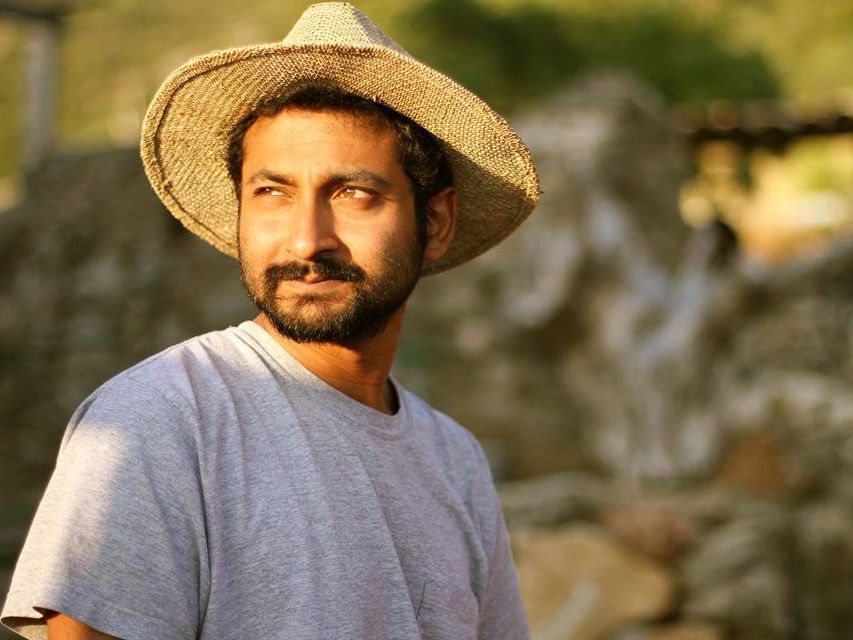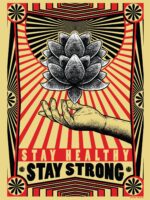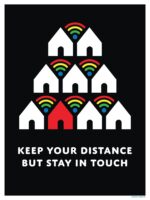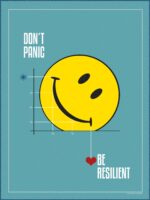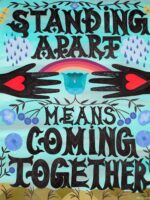How business leaders can face the mental health crisis How business leaders can face the mental health crisis

October is World Mental Health Month yet, mental health remains a topic that eludes us in the business world. Perhaps because it feels like a personal issue, we hardly understand our role in the face of a challenge that is highly public.
A few months ago, I had the opportunity to have an immersive experience in one of the most important global meetings related to mental health and wellbeing, which is a more holistic way to explore it. From the very first welcoming remarks, I was all in: “Emotional wellbeing plays a central role in the private sector, it is essential for innovation and collaboration,” said Edwin Macharia, Global Managing Partner of Dalberg, in front of more than 1,000 people who met in the Spanish city of Bilbao the first week of June 2022.
The Wellbeing Summit for Social Change brought together the most influential minds at the intersection of mental health, holistic wellbeing, activism, arts, and scientific research. In the convening, the Summit speakers collectively presented the enormous challenge that we face as a society and the wellbeing of our people.
The World Health Organisation (WHO) defines health as “the state of physical, mental and social wellbeing, not merely the absence of disease” and mental health as “the state of well-being in which each individual achieves his or her potential, copes with normal stresses of life, can work productively and fruitfully, and can contribute to the community.”
The pandemic and its sequels present unprecedented challenges for humanity in terms of mental health. In the last two years, conservative estimates of suicides are at 700,000 people per year; with no alternative explanations, doctors continue to attribute more and more illnesses to stress. If the previous number makes a strong impression on us, when taken to a more specific period, every hour of the day, 81 people commit suicide in the world; besides, we also find the terrifying phenomenon of school shootings, femicides, clashes for racial reasons, and more. Poor mental health is estimated to cost the global economy between $3 and $5 trillion per year due to reduced productivity.
In Latin America, mental health continues to be a taboo topic in the business world, it is rarely talked about but its effects can be noticed more and more often. At best, it is approached tangentially, only when the impacts become visible. But diagnoses of mental health pathologies are only the tip of the iceberg. Business leaders must address the issue through practices, services, and tangible actions that start from the preventive side.
One of the speakers at the Wellbeing Summit, neuroscientist Richard Davidson, presented a collection of scientific findings on what he calls the brain’s ‘neuroplasticity’ – our quality of having a mind that can be molded through repetition and practices that reconfigure how it is programmed. The main thesis is that compassion and happiness are skills that can be learned. Below are a few of the findings that back up this theory that we can train ourselves to shape the health of our brain:
- The brain of a monk in a meditative state can be replicable – Davidson proposes that the ability to be present, and aware of one’s own thoughts is a preventive path toward mental well-being. In a 2004 study (Lutz et. al) gamma oscillations, which predict levels of perceptual clarity, were measured in the brain of a Buddhist monk with years of meditation experience. The wave oscillations in the brains of the monks in a meditative state were significantly broader. That is, when the brain is present and perceptive, the gamma waves open up; in states of fear or uncertainty, they contract. The important thing is that monks have the ability to control it with practice, and incorporating habits consistently can create the same effect in the general population- we don’t necessarily need to be super-meditators to reap the benefits.
- The ability to connect with others reconfigurates the brain – A 2013 study (Weng et al) worked with a group of people by offering training in meditative techniques for cultivating compassion. In just two weeks, the neuroscientists found tangible differences in brain scan images of those who had participated – their levels of “DPLFC-Nacc connectivity”, which is associated with altruistic behavior (an indicator of mental health), looked clearly dilated in the scans. Again, visualizing scientifically the effects of human connection on our brains.
- A sense of purpose correlates with longevity – A meta-analysis of studies from the last decade (Cohen et. al, 2016) found that a sense of purpose (even in the most mundane daily activities) is a powerful predictor of longevity and prevention of cardiovascular events. The well-being effects are real – a 2019 study by Evans and Soliman found a strong correlation between average life expectancy and well-being across 151 countries: those who live in countries with the highest perceived well-being levels live up to 30 years longer on average than those who live in countries with low levels of emotional wellbeing.
A century ago, the habit of taking 3 minutes after each meal to brush your teeth didn’t exist globally. However, as a society, we incorporated it as an important action for our survival as a species. This principle of encouraging habits, and promoting healthier minds, can have enormous effects on the different crises we face. The difference is that this time we have advances in mobile and wearable technology (smart watches, tracking devices, etc.) that allow us to accelerate the incorporation of good habits exponentially.
For this reason, it is not surprising that Dr. Barry Kerzin, the Dalai Lama’s personal physician, relies on a mobile application to make practices of compassion and altruism more accessible to the population. Or that Betterfly, the Latin American unicorn start-up, encourages good meditative habits by rewarding users with medals that make it easy to donate to causes. The potential to generate a positive impact through business models with purpose-driven innovations is enormous.
The greatest challenges we face as humans have always presented big opportunities for the business community that wants to make a difference. The good news is that we can train our brains to create mental wellbeing and that we can promote these habits thanks to advances in mobile technology.
With an opportunity like this, it is a matter of time before the business sector takes the lead in building a society that is more connected with itself and with its purpose. This is how the intangible mantra that “inner peace can create peace for the world” becomes more tangible and viable every day as this unique intersection of meditation teachers, scientists, and start-up leaders turn their wills into a new reality. This is how the business world can face the mental health crisis: not only with will but also by leveraging technology and exercising the leadership that this public challenge demands.
Author bio
Michelle Arevalo-Carpenter is the Global VP of Purpose and Communities at Betterfly, the first social unicorn start-up, with operations across Latin America. Before her current role, Michelle was the CEO and co-founder of IMPAQTO, a B Corporation with a mission to support impact entrepreneurs reach their goals by building the ecosystem and network they need to thrive. Michelle is a recent mother of twins and a member of The Ecosystem Network at The Wellbeing Project.











